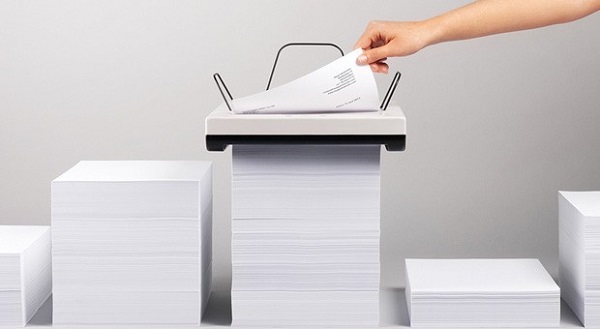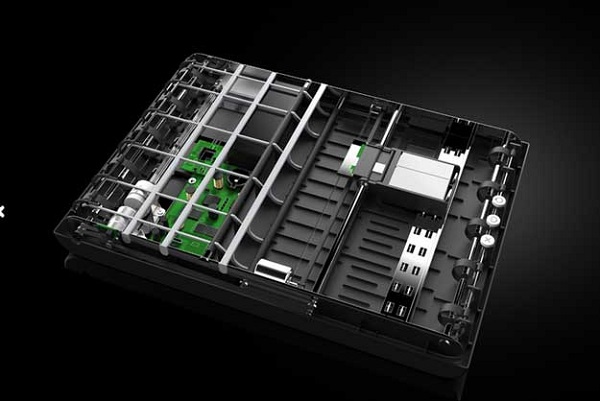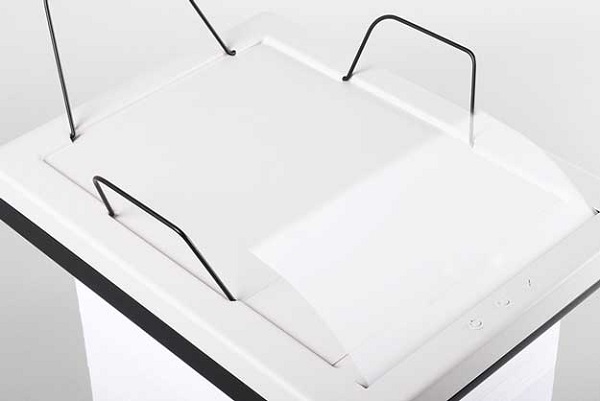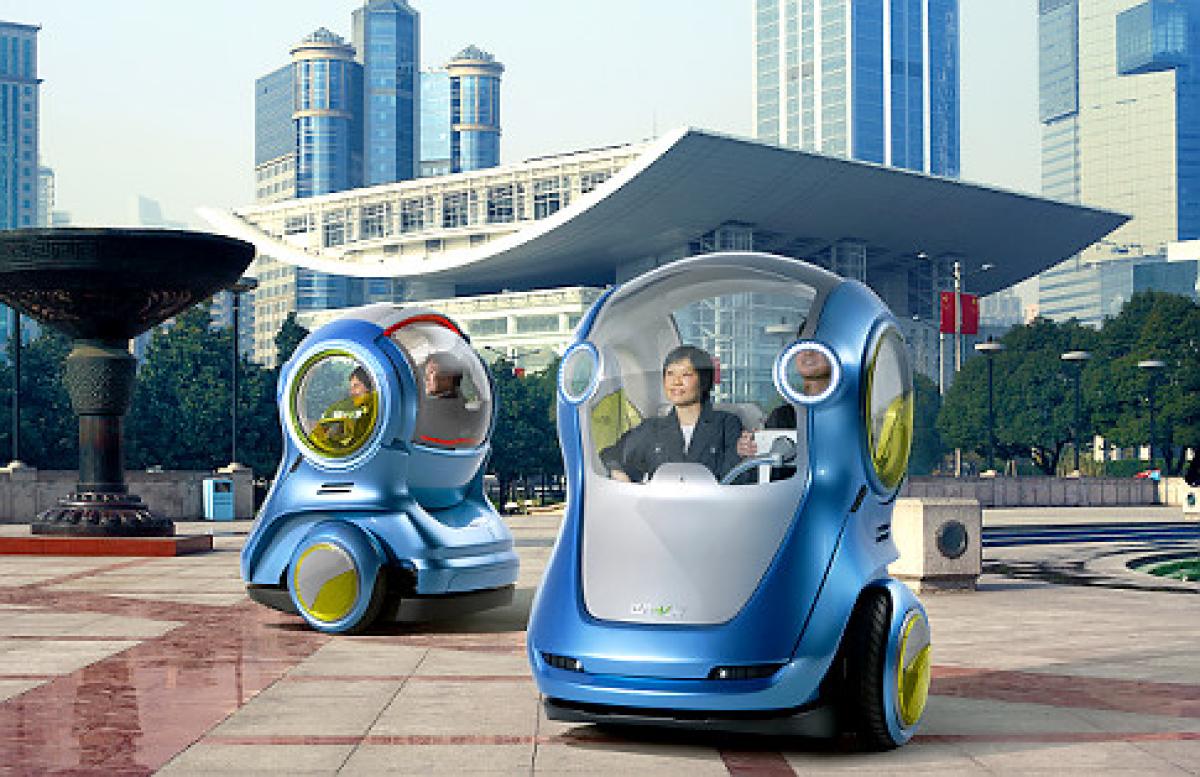The design of our printers has not changed very much in the past decades, but Mugi Yamamoto’s concept might be able to breathe new life into these little office companions of ours.
The Stack printer that Mugi Yamamoto developed is a diploma project with great chances of gaining popularity worldwide. Mr. Yamamoto is a 25 year-old Japanese Industrial Designer based in Switzerland. This is only one of his many interesting concepts, so it wouldn’t a mistake to say that he is very creative.

How many sheets can your tray hold? I bet that not more than 150, even though there are some exceptions out there. Keep in mind that I’m talking about home and office printers here, not the ones found in copy centers. One of the the first advantages that results from the Stack printer’s design is the ability to use high columns of papers, thus eliminating the need to reload it as often. Stack basically eats its way down a column till there’s no paper left under it, and in the meantime, the printed pages show up on top of it.

Paper jams are yet another problem that the Stack printer avoids in quite an elegant manner. Whenever a paper jam occurs on typical printers, we waste a lot of time and mental health in order to fix it.

Another advantage of the Stack printer is its portability. Due to its compact design and light weight, Stack can be easily packed and taken away wherever necessary. Mugi Yamamoto eliminated the paper tray from this concept because it represents the bulkiest part of typical printers. Since it only includes HDPE, metal wire and electronic components, the Stack printer is easy to carry. Along with a portable scanner, Stack would enable people to take office work on the field.
 lop
lop
Yamamoto’s Stack printer is more than just a concept on paper. The Japanese industrial designer has had a fully-working prototype for a few months, and he’s looking for companies interested in developing a commercial version. I’m rather sure that whatever company picks up this design will have to pay a lot of money for the idea. Another option would be to crowdfund this project on sites such as Kickstarter or Indiegogo, but for that, Yamamoto should find a company to manufacture the parts.
If you liked this post, please check these 15 striking futuristic printer concepts and Berg’s smiling Little Printer that publishes RSS feeds.










